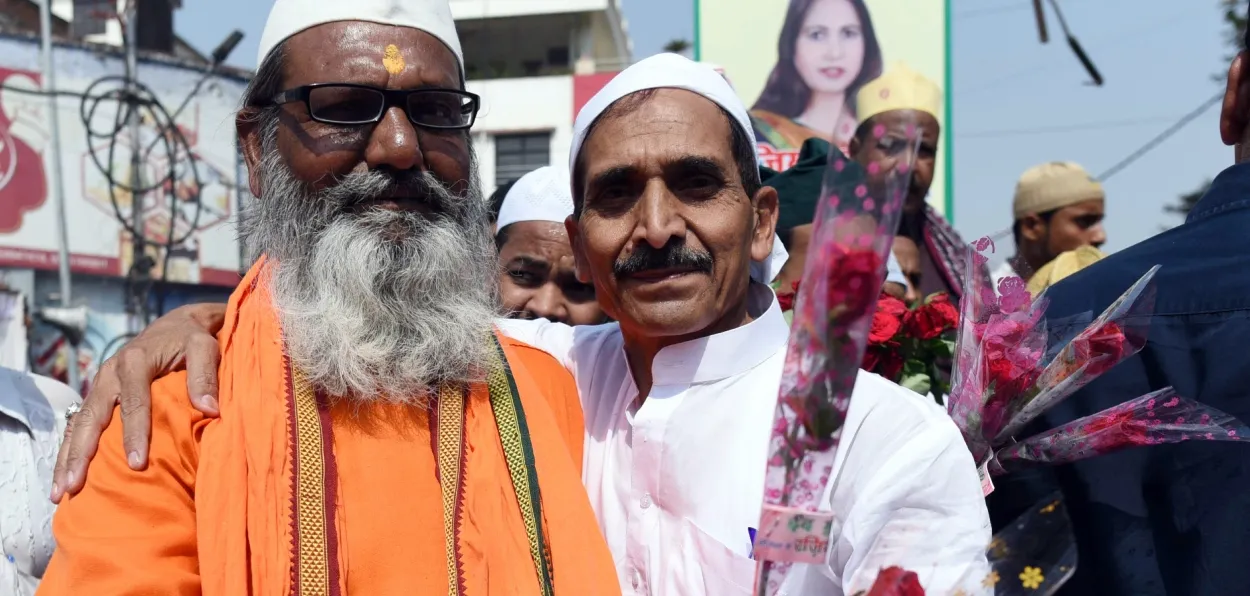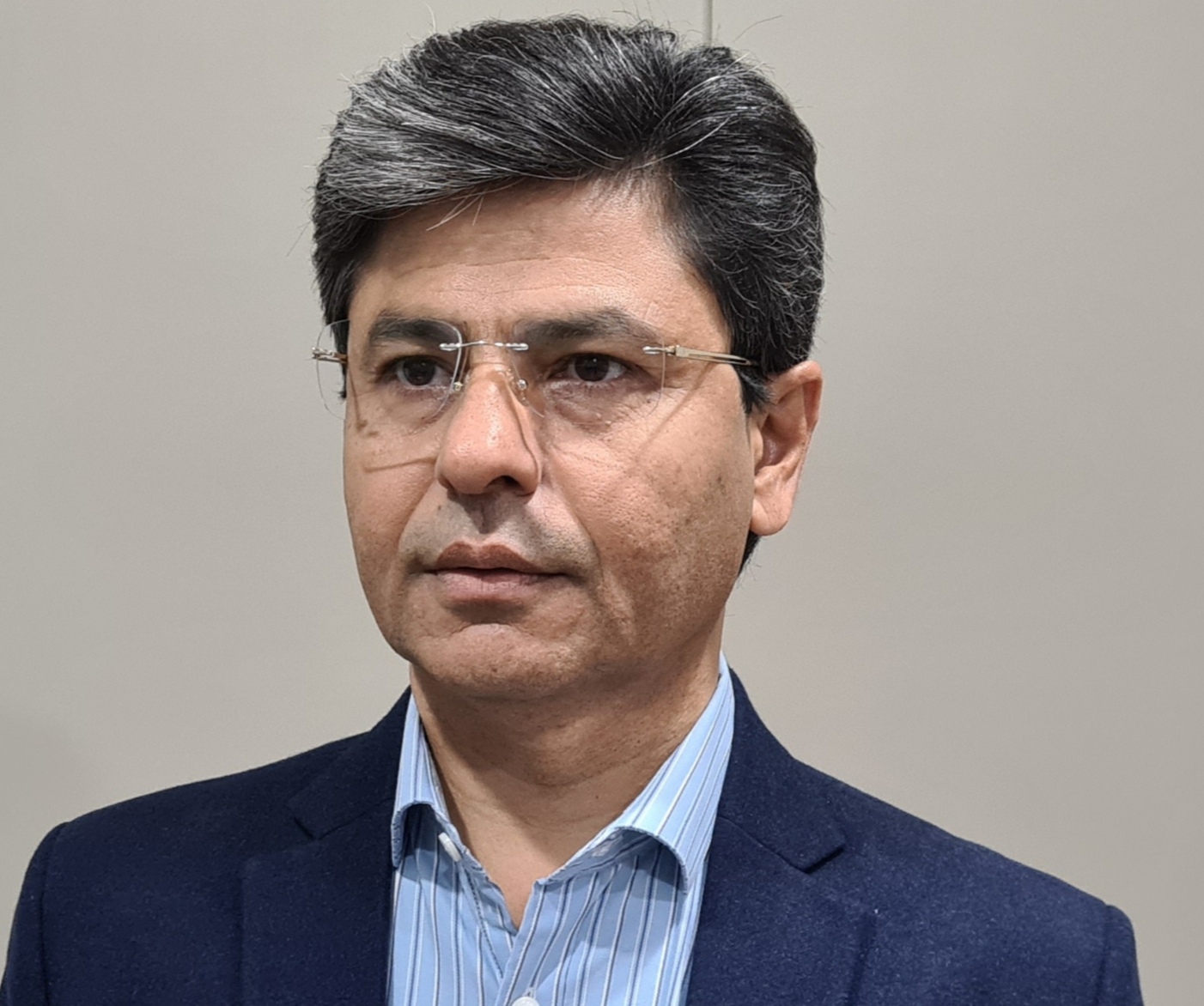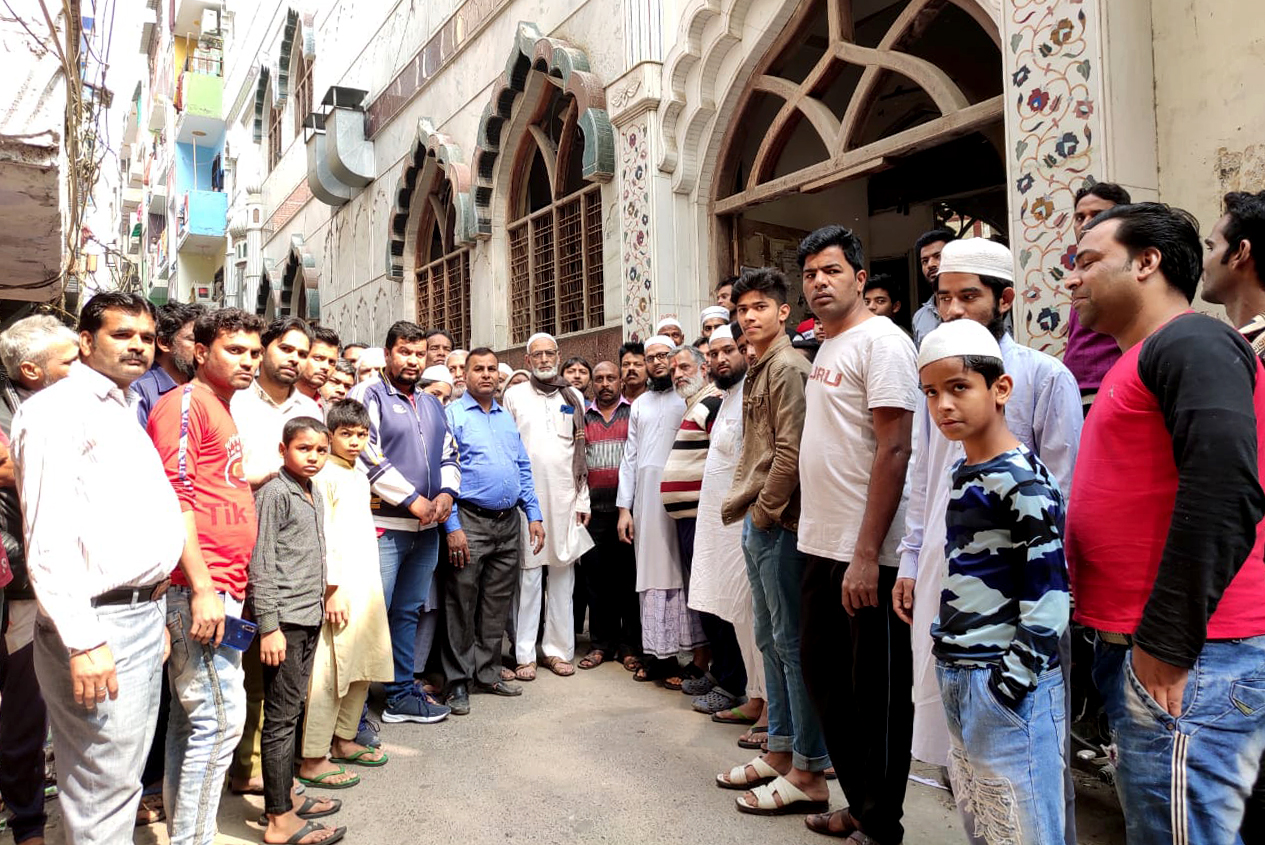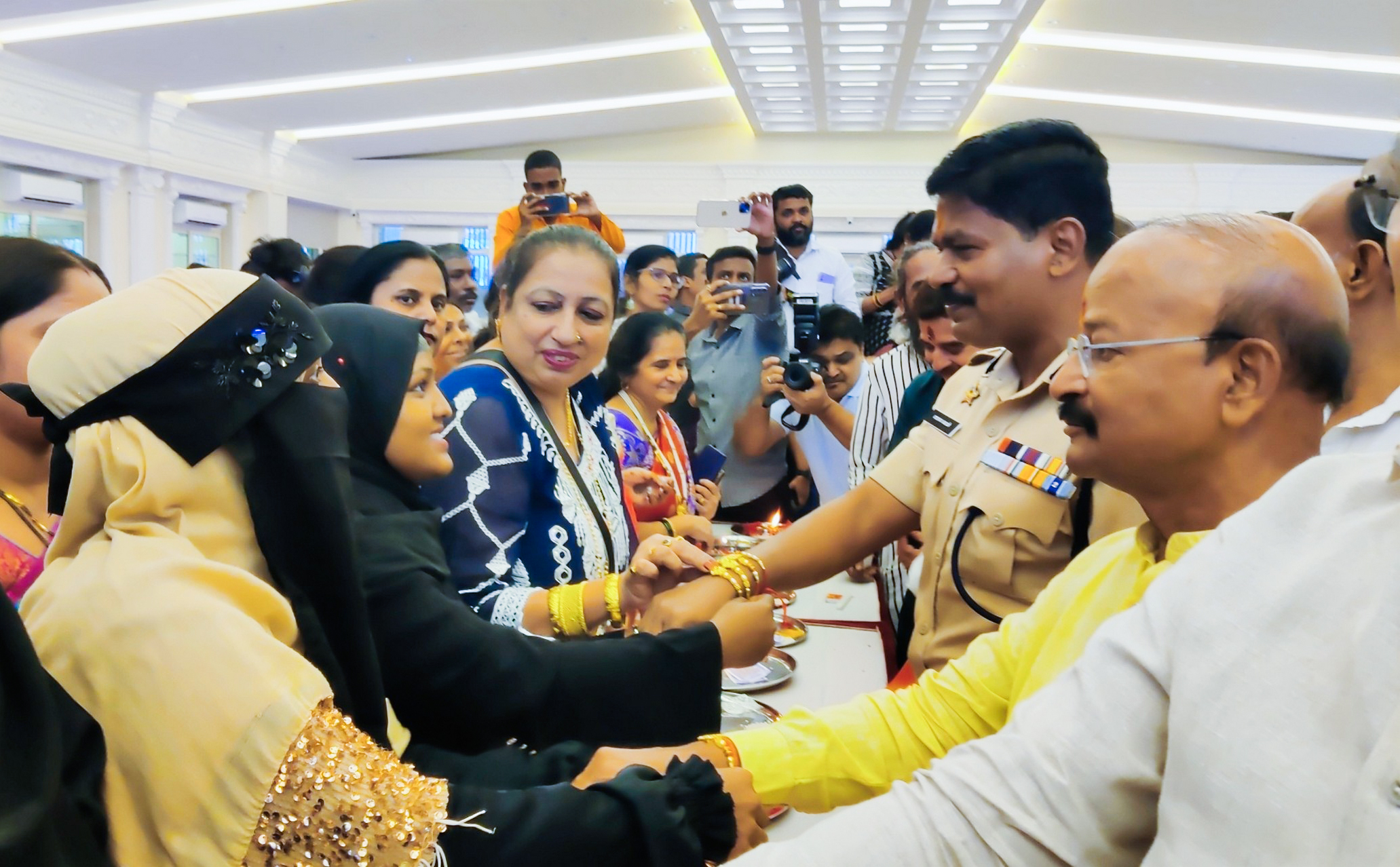
 Atir Khan
Atir Khan
The colonial era in India fractured centuries of coexistence between Hindus and Muslims, leaving behind a legacy of discord that continues to divide society. The policy of divide and rule implemented by the British inflicted lasting damage on India's social fabric. The scars of the Partition still linger, perpetuating insecurities that hinder progress toward a more cohesive future.
Despite the challenges, India has been a melting pot of cultures, with principles of coexistence and mutual respect at its core. This cultural amalgamation has given rise to a unique identity of the nation.
India has always been a deeply religious country, where people co-existed, despite their differences but they learned to adjust, accommodate, and respect each other’s sensitivities while living in the mixed localities.
Iconic locales like Old Delhi symbolize this harmony, where religious diversity is visibly represented in the coexistence of temples, mosques, gurdwaras, and churches along the same street of Chandni Chowk.
It was this assimilation that gave birth to Indianness, a new language called Urdu, and great poetic and musical traditions. The Rajvadas and Riyasats patronized talent not based on religion but on merit. Such was the secular legacy of India pre-Independence. Those were the times when people were said to have had enriching experiences where they learned from each other and exchanged craft skills and tactfulness in trading and commerce.
Though it was a slow-moving world, and not been exposed to the lightning speed of the modern world. But people were happy.
 Hindu and Muslim youth of Goutampuri, Northeast Delhi, gather to speak about their exprience of saving their locality in riots
Hindu and Muslim youth of Goutampuri, Northeast Delhi, gather to speak about their exprience of saving their locality in riots
However, today if we look at the larger distribution of the country’s population, we will find both Hindu and Muslim communities have distanced from each other. The absence of a unified national vision post-independence allowed communal tensions to escalate, leading to the segregation of communities. Political leaders often exacerbated these divisions for short-term electoral gains.
Both Hindus and Muslims suffered and have now retreated into exclusive enclaves, driven by fear and insecurity. The segregation has become increasingly entrenched, particularly in states like Uttar Pradesh, Delhi, Mumbai, Rajasthan, and Gujarat. The distance is only growing with time, and, if left unaddressed,it will not remain as harmless as it appears today.
In light of rapid technological advancement and globalization, where people are being isolated promoting integration at the grassroots has become imperative. Mixed housing initiatives offer a promising solution to bridge the communal divide.
These proposed integrated neighborhoods should prioritize communal facilities such as schools, community centers, and places of worship to cater to the diverse needs of residents. Management committees comprising representatives from all communities can ensure inclusivity and fairness.
 A Muslim woman ties rakhi on a security force official on Raksha Bandhan
A Muslim woman ties rakhi on a security force official on Raksha Bandhan
Such areas could be described as ‘Model Integrated Vihars’ and to begin with this project could be started in a district on an experimental basis.The experiences should be closely monitored and recorded for any policy course corrections. Successful implementation of this concept in the next 40 years will ensure assimilation and will ensure that all Indian identities will merge into the common national identity.
The need for doing this project stems from the fact that in the last 77 years, the void between Hindus and Muslims has not been addressed as a serious project. The exposure of both communities has become limited to occupational requirements only. This growing gap has reduced their ability to understand each other.
Legislative backing may be necessary to institutionalize these initiatives and ensure their long-term viability. Drawing inspiration from successful models in countries like Singapore, India can overcome the challenges and strengthen its potential for unity in diversity.
The idea of creating mixed housing localities in today’s time may sound absurd, utopian, and to some even laudable. But it is truly the need of the hour.
ALSO READ: Why are there no hybrid Imams in India?
In conclusion, mixed residential colonies represent a tangible step towards fostering social harmony and promoting a shared national identity. By embracing diversity and promoting inclusion, India can pave the way for a more cohesive and prosperous future for growth.
